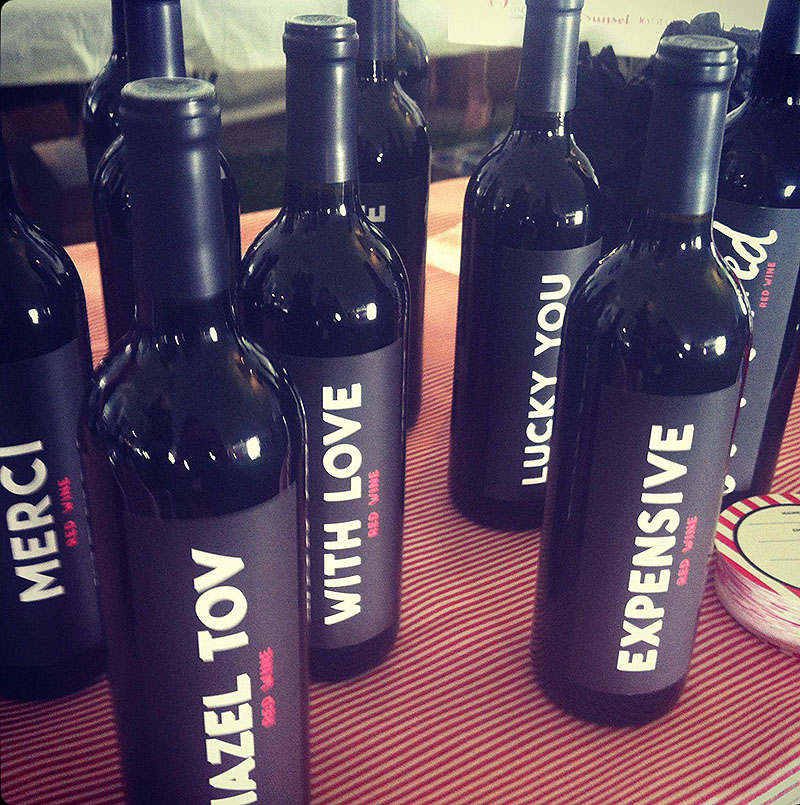

#Wine suggester professional#
Having worked in hospitality for the last 6 years, I will be able to utilise my existing professional network and knowledge to organise interviews with sommeliers and curate the content provided into an insightful and entertaining body of work. As a 5 th year communications student, I already have developed the soft-skills and general know-how to perform historical research, collect multimedia and build large databases. I believe that this documentary is a challenging but worthy task that will allow the team who works on it to develop new skills and practice existing abilities effectively. Tasting notes from a huge variety of Australian wines to build a tag database for the wine suggester applicationīelow is a flowchart explaining how the documentary is navigated.

Information about the winemaking process and what sets Aussie wine apart.Research about the wines and styles mentioned by the interviewees.Collection of archival footage for video feature.Required ResearchĪpart from the video interviews, the following research will need to be performed: They must have a working internet connection and access to a desktop computer or tablet with flash capabilities. The target audience for this documentary is 20 to 40-year-old residents of metropolitan Australia who love drinking wine, yet feel unknowledgeable and uncertain when it comes to choosing a wine from a store, or from a list. Throughout the production process, potential end users should be consulted in decision making to ensure the final product is successful in achieving these goals (UXPA 2013, para 1). Furthermore, the site’s architecture, which is largely map-based, should make the user feel like they are on a wine-tour of Australia and should arouse sentiments of bucolic romance and national pride. Sommelier’s often use emotionally rich language to describe wine’s they are trying to sell, so this should not be difficult to elucidate in the descriptions of wine’s they love. The goal of this documentary is to transfer the passion and love our sommelier’s feel for their favourite drop onto the user and make them want to go out and find a favourite for themselves. Throughout the documentary I would like to use ‘emotionally rich language’ and imagery displayed on top of ‘intuitive and relevant site architecture’ with the purpose of instilling within the user a feeling of excitement and adventure (Greenier 2011, para 4). 374).īelow is a mock-up I created of what the user generated map could look like where if you hover over the wineglass, it gives you the details of another user’s favourite wine: As Dovey & Rose note, the online documentary producer is ‘called upon to “stage a conversation”, with a user community, with research subjects, with participants, producers and audiences,’ and through interviews with sommeliers, allowing users to tour their way through the interface and the (hopeful) inclusion of user-generated-content, an interesting and jolly conversation shall be staged: all about great Aussie wine (2013, p. On each different location (the region from where their wine is from) there will be Aussie wine factoids that pop up, offering notes on Australian wine history, the winemaking process and important individuals to Australia’s wine story.

I expect a lot of diversity in the responses of the sommeliers, so the transition from interview from interview will look and feel like a self-directed wine tour around Australia (The map shall serve as a background). The video feature will be cut together with archival footage, shots of Australian wine regions and some juicy close-ups of grapes. I also love the art style and I’m thinking of using a similar style for my map + wine glasses! This food pairing infographic is something i could use to create a database.


 0 kommentar(er)
0 kommentar(er)
